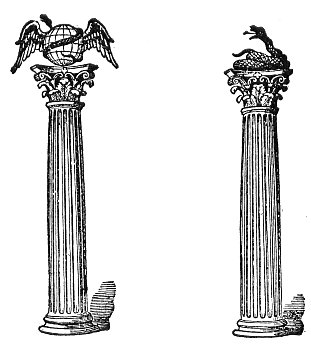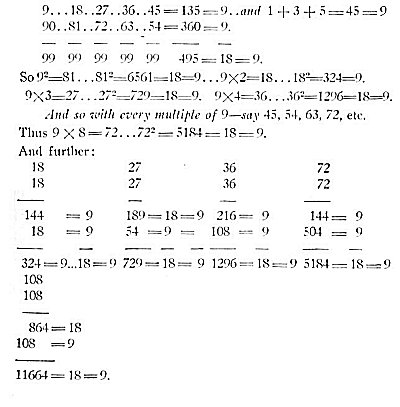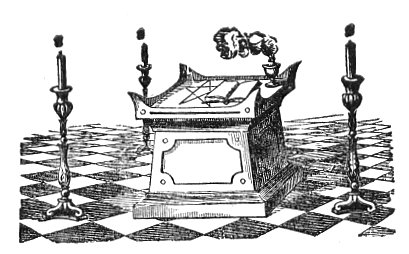p. 458
three times a day, at Sunrise, Noon, and Sunset, bowing themselves three times before the Sun. They invoked the Stars and the Intelligences which inhabited them, offered them sacrifices, and called the fixed stars and planets gods. Philo says that the Chaldæans regarded the stars as sovereign arbiters of the order of the world, and did not look beyond the visible causes to any invisible and intellectual being. They regarded NATURE as the great divinity, that exercised its powers through the action of its parts, the Sun, Moon, Planets, and Fixed Stars, the successive revolutions of the seasons, and the combined action of Heaven and Earth. The great feast of the Sabæans was when the Sun reached the Vernal Equinox: and they had five other feasts, at the times when the five minor planets entered the signs in which they had their exaltation.
Diodorus Siculus informs us that the Egyptians recognized two great Divinities, primary and eternal, the Sun and Moon, which they thought governed the world, and from which everything receives its nourishment and growth: that on them depended all the great work of generation, and the perfection of all effects produced in nature. We know that the two great Divinities of Egypt were Osiris and Isis, the greatest agents of nature; according to some, the Sun and Moon, and according to others, Heaven and Earth, or the active and passive principles of generation.
And we learn from Porphyry that Chæremon, a learned priest of Egypt, and many other learned men of that nation, said that the Egyptians recognized as gods the stars composing the zodiac, and all those that by their rising or setting marked its divisions; the subdivisions of the signs into decans, the horoscope and the stars that presided therein, and which were called Potent Chiefs of Heaven: that considering the Sun as the Great God, Architect, and Ruler of the World, they explained not only the fable of Osiris and Isis, but generally all their sacred legends, by the stars, by their appearance and disappearance, by their ascension, by the phases of the moon, and the increase and diminution of her light; by the march of the sun, the division of time and the heavens into two parts, one assigned to darkness and the other to light; by the Nile and, in fine, by the whole round of physical causes.
Lucian tells us that the bull Apis, sacred to the Egyptians, was the image of the celestial Bull, or Taurus; and that Jupiter Ammon, horned like a ram, was an image of the constellation Aries. Arid Clemens of Alexandria assures us that the four principal
p. 459
sacred animals, carried in their processions, were emblems of the four signs or cardinal points which fixed the seasons at the equinoxes and solstices, and divided into four parts the yearly march of the sun. They worshipped fire also, and water, and the Nile, which river they styled Father, Preserver of Egypt, sacred emanation from the Great God Osiris; and in their hymns in which they called it the god crowned with millet (which grain, represented by the pschent, was part of the head-dress of their kings), bringing with him abundance. The other elements were also revered by them: and the Great Gods, whose names are found inscribed on an ancient column, are the Air, Heaven, the Earth, the Sun, the Moon, Night, and Day. And, in fine, as Eusebius says, they regarded the Universe as a great Deity, composed of a great number of gods, the different parts of itself.
The same worship of the Heavenly Host extended into every part of Europe, into Asia Minor, and among the Turks, Scythians, and Tartars. The ancient Persians adored the Sun as Mithras, and also the Moon, Venus, Fire, Earth, Air, and Water; and, having no statues or altars, they sacrificed on high places to the Heavens and to the Sun. On seven ancient pyrea they burned incense to the Seven Planets, and considered the elements to be divinities. In the Zend-Avesta we find invocations addressed to Mithras, the stars, the elements, trees, mountains, and every part of nature. The Celestial Bull is invoked there, to which the Moon unites herself; and the four great stars, Taschter, Satevis, Haftorang, and Venant, the great Star Rapitan, and the other constellations which watch over the different portions of the earth.

Moe is the founder of GnosticWarrior.com. He is a father, husband, author, martial arts black belt, and an expert in Gnosticism, the occult, and esotericism.






